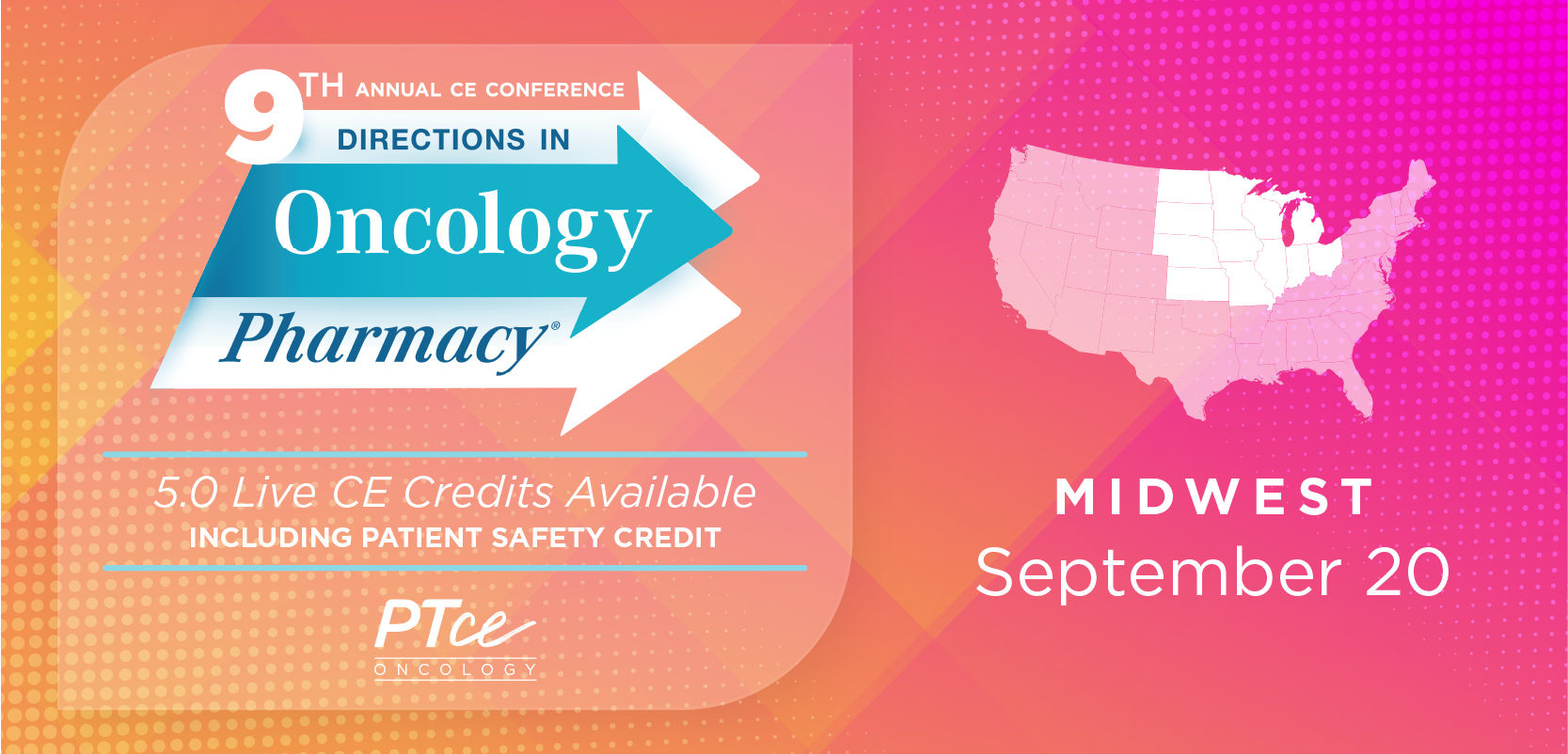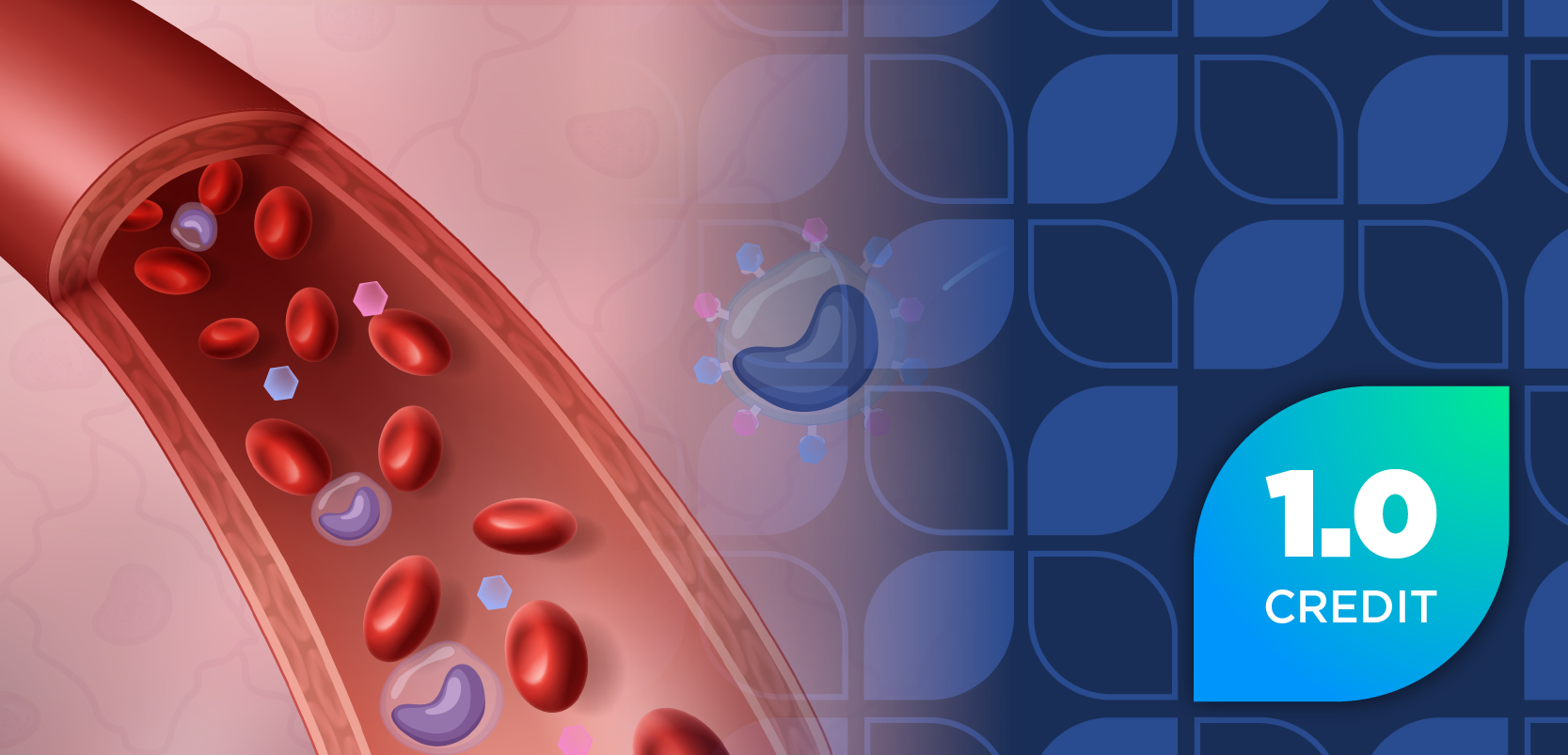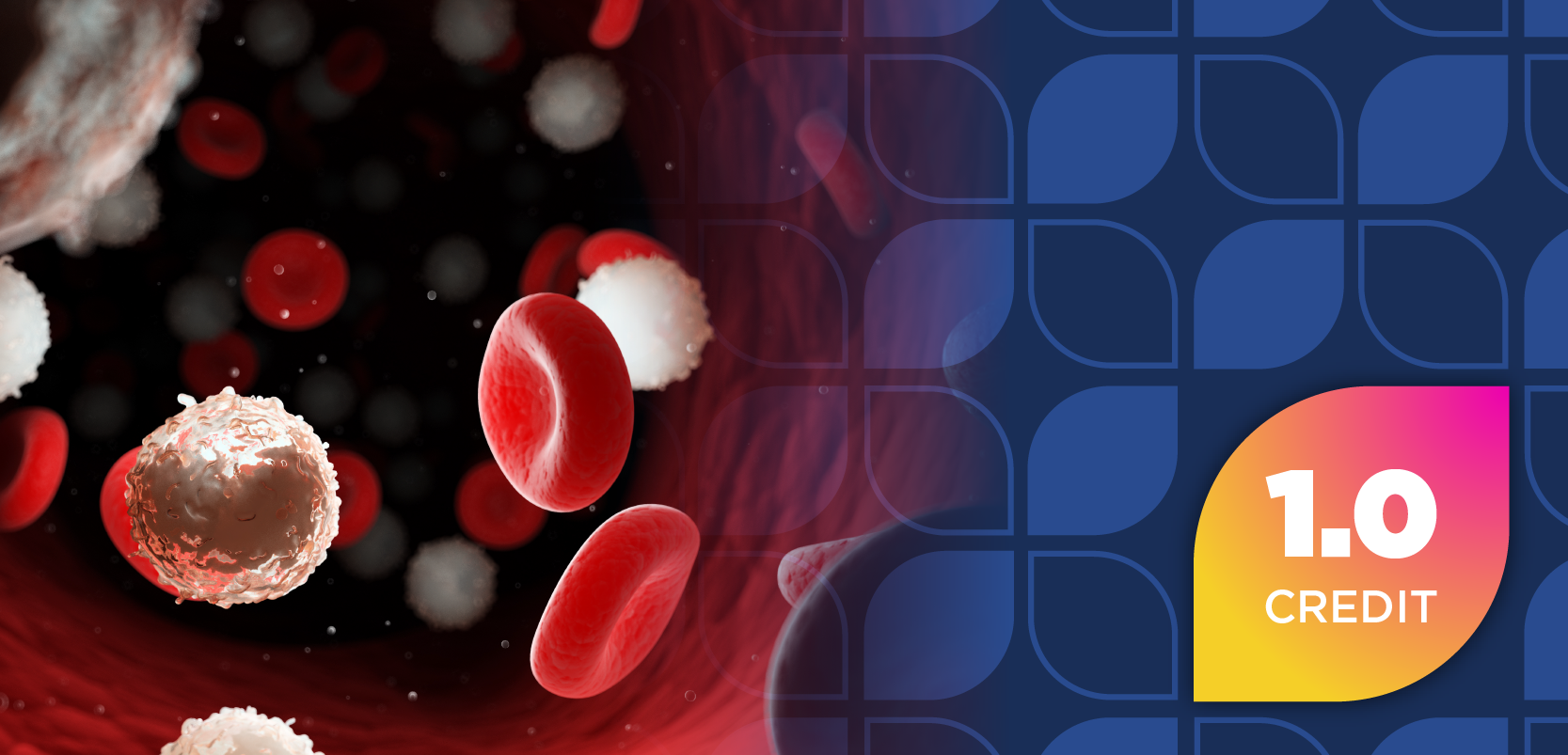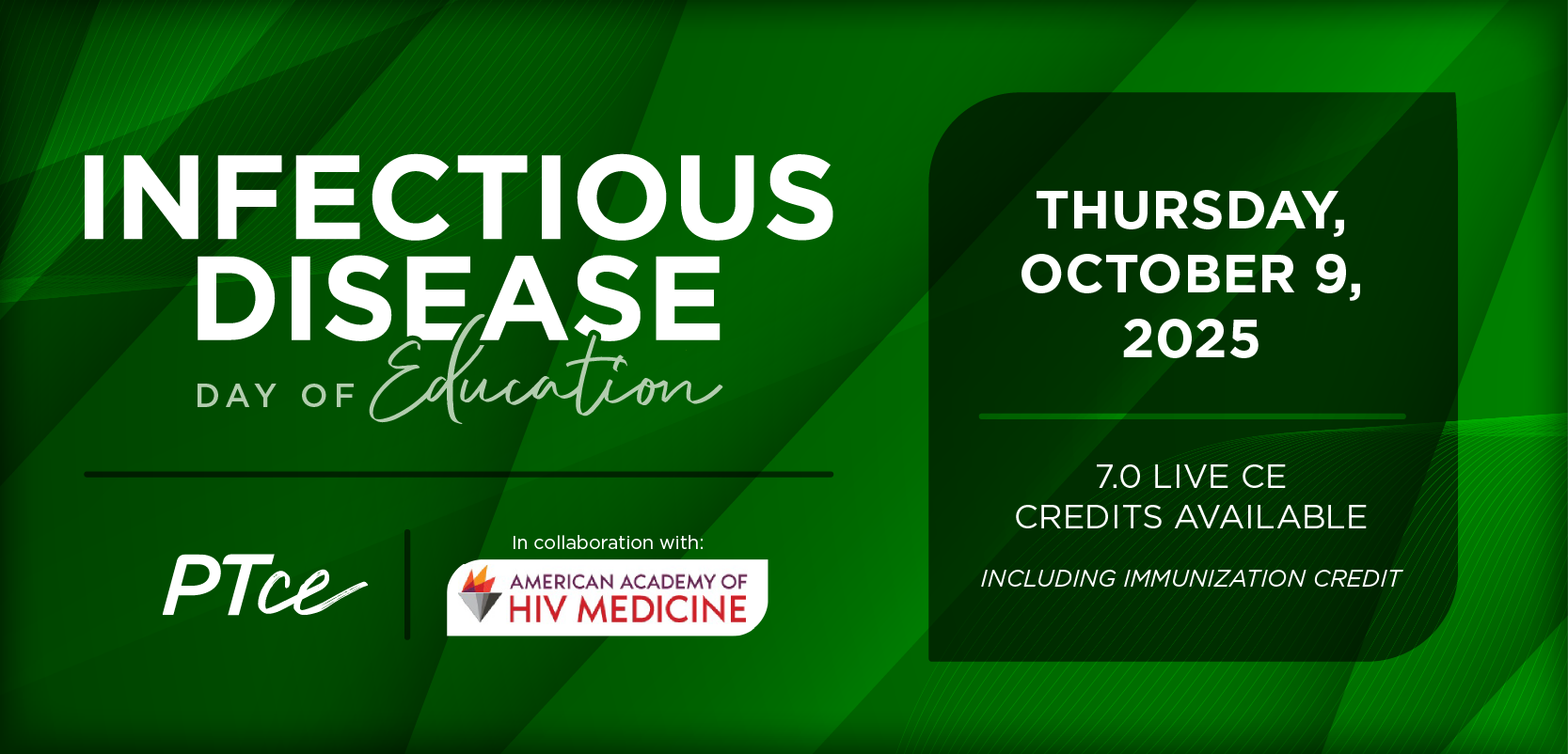Three Major Studies Alter the Practice of Treating Gastroesophageal Carcinomas
A presentation at the Community Oncology Alliance 2021 Virtual Conference focused on the latest developments in gastrointestinal oncology and how the field of gastroesophageal cancer is responding to 3 major, practice-changing trials.
During a presentation at the Community Oncology Alliance 2021 Virtual Conference on the latest developments in gastrointestinal oncology, Johanna Bendell, MD, discussed how the field of gastroesophageal cancer is responding to 3 major, practice-changing trials.
The trials in question—CheckMate 577, KEYNOTE 590, and CheckMate 649—each have implications for the treatments given to specific groups of patients. The results of CheckMate 577 found that in patients with either adenocarcinoma or squamous cell carcinoma who had received neoadjuvant chemotherapy and surgical resection, nivolumab provided superior disease-free survival (DFS) when compared to placebo, showing a 31% reduction in the risk of recurrence or death.
“This really changes the way that we treat these patients in the adjuvant setting with esophageal cancer,” Bendell said. “We should be using nivolumab for a year for these patients. Patients benefitted no matter whether they were adeno- or squamous cell carcinomas, no matter what their [programmed death-ligand 1 (PD-L1)] status was.”
In KEYNOTE 590, the study focused on patients with either squamous or adenocarcinomas that were either locally advanced, non-resectable, or metastatic. Researchers compared the PD1 inhibitor pembrolizumab in combination with chemotherapy to a control group using a placebo and chemotherapy. They found that pembrolizumab had a significant improvement in overall survival (OS) versus the placebo group, regardless of PD-L1 status.
“We saw a recent approval of pembrolizumab plus chemotherapy in the first line setting for patients with adenocarcinoma or squamous cell cancers,” Bendell said. “And very interestingly, in the FDA approval, it did not specify what fluorouracil you used or what platinum you used, even though in this particular trial they used 5-FU/cis. So, you could even argue to use [pembrolizumab] plus [leucovorin calcium, fluorouracil, and oxaliplatin (FOLFOX)] for these patients.”
CheckMate 649, a broader trial examining esophageal adenocarcinomas, GE junctional adenocarcinomas, and gastric adenocarcinomas, found similar results in terms of the efficacy of nivolumab in combination with the chemotherapy regimens FOLFOX or capecitabine plus oxaliplatin
(XELOX) when compared to FOLFOX or XELOX on their own. Focusing on an endpoint population of patients with PD-L1 CPS ≥ 5, the study found an improvement in median OS adding nivolumab to chemotherapy.
“For adenocarcinomas of esophagus, GE junction, and the stomach, and your PD-L1 CPS is ≥ 5, [nivolumab] plus chemo likely becomes the new standard,” Bendell said. “Here’s the question, though: how is the FDA going to write their approval? And we’re going to have to wait and see if they’re going to do the PD-L1 CPS ≥ 5, or, if you look at the breakdown of all these patients with CPS ≥ 1, the traditional positive patients, or all randomized, it really seemed to show potentially a benefit for all those populations.”
In response to these studies, nivolumab is the new standard of care in adjuvant treatment of esophageal cancer. Further, the first line treatment for metastatic disease should be 5-FU/cis in combination with pembrolizumab. Bendell advises checking PD-L1 status alongside human epidermal growth factor receptor 2 status and MSI at the initial diagnosis of advanced disease.
“Our pathology labs need to be designating patients as CPS ≥ 1, CPS ≥ 5, and CPS ≥ 10 in those patients so we’re able to differentiate how to best treat them,” Bendell said.
REFERENCE
Johanna Bendell. Novel Approaches & Therapies for Gastrointestinal Cancers: Updates from the Field of GI Oncology. Presented at: Virtual Community Oncology Conference 2021; April 9, 2021; Virtual.
Newsletter
Stay informed on drug updates, treatment guidelines, and pharmacy practice trends—subscribe to Pharmacy Times for weekly clinical insights.
Related Articles
 IMS 2025: Improving Outcomes with Bispecifics in Multiple Myeloma
IMS 2025: Improving Outcomes with Bispecifics in Multiple MyelomaSeptember 19th 2025
 Effectively Managing Immunizations in the Long-Term Care Setting
Effectively Managing Immunizations in the Long-Term Care SettingSeptember 18th 2025
 Creating a Culture of Quality in Fast-Melt Tablet Development
Creating a Culture of Quality in Fast-Melt Tablet DevelopmentSeptember 18th 2025


















































































































































































































